Linda Ballou talks about her New Adult novel: The Cowgirl Jumped Over the Moon
With Carly Kade of Equine Authors United
CK: Are experiences based on someone you know, or events in your own life
LB: Absolutely. I was deeply immersed in the riding world when a herniated disc in my lower back forced me to give it up. I had invested not just dollars, but huge blocks of time, my best energies and I loved the sport. The pinnacle of my riding career was doing a cross-country course in Ireland which is detailed in my story Irish Mist. Back home in California I was doing three-day events on an amateur level with my mare. I adored her and loved every moment we shared together on the trail and in the riding arena. Writing this story helped me get through the tremendous loss that I felt when I had to give her to Hearts and Horses a non-profit that helps handicapped children.
CK: How much of the book is realistic?
All of it, I hope! I tried to capture the energy, danger and excitement of the Grand Prix jumping world. The Mariposa equestrian facility in the story is modeled after the facility I visited in the celebrity-owned ranches nestled in Hidden Valley in Southern California. I was a groupie at horse shows trying to absorb the courage of the riders like Susan Hutchison, I so admired. Susie is the protégé of the legendary trainer Jimmy Williams, who I was privileged to interview in 1993, not long before his passing. The character Billy is modeled after this authentic “horse whisperer,” who was a giant in the riding world.
CK: Is there a message in your novel that you want readers to grasp?
Besides the obvious “To Finish is to Win” message that Gemcie brings home, I hoped that by taking readers to the mountains and seeing that world through Brady’s eyes it would engender a greater love and respect for the natural world. I did a horse pack trip in the John Muir Wilderness that allowed me to know the ethereal beauty in the “Range of Light” that Muir described in My First Summer in the Sierra’s. It was a momentous journey for me. I always wanted to return and ride the Pacific Crest Trail solo as others more capable than I have done. This was my way of getting there on my own and to share the message that not enough is said for solitude. Time alone allows us to absorb, and digest all the external stimulation moderns are bombarded with daily. It enables us to become centered and grounded in nature rather than looking outside of ourselves for endorsement. In addition, to this message there is a very powerful environmental statement about our place in the natural world. I don’t want to share too much of the story, but it is my hope that people will come away with a little different perspective and understanding for all things wild.
CK: What was the hardest part of writing your book?
LB: It was physically difficult because I had to write it standing up at my breakfast bar. Sciatic pain in my right leg would not allow me to sit for any length of time. Like a shark I couldn’t rest and had to keep moving. I had to deal with the fact that I would have to leave the riding world behind. Writing the story kept my mind off the constant pain I was experiencing and allowed the deep emotions over the loss of what I cherished wash over me. It was a cathartic and a very important healing process. Still, it wasn’t easy to let go.
GM: What genre do you consider your book?
LB: It is New Adult. I am so happy that this classification has come into being. Horse stories are typically for young adult readers, but this is an adult story with adult themes.
There are a couple of love scenes that culminate into sexual encounters, but they are not graphic. I don’t believe they are offensive to an adult reader, but perhaps not appropriate for readers under 18. The story is filled with action and adventure and is a coming of age story so it is hard to pigeon hole.
GM: What is your favorite theme/genre to write about?
CK: I am an adventure travel writer with a book of travel essays called Lost Angel Walkabout-One Traveler’s Tales to my credit. I also published an historical novel titled Wai-nani: A Voice from Old Hawai’i. I have been told that Wai-nani casts a hypnotic spell that transports you to ancient Hawai’i—a place you can’t get to any other way. In The Cowgirl Jumped Over the Moon I let readers ride solo on the Pacific Crest Trail and to feel the fragile beauty of the lofty realm. Ultimately, all of my books are destination pieces that provide you with a sense of place and could be called travel literature. I use my travel writing skills to enhance my novel writing to engage readers. It seems to be working!
CK: Do you have anything specific you want to say to your readers?
LB: I think there is too much made of being connected electronically. One response I had from a reader is that my story scared her. She said she can’t leave home for an hour without her cell phone. I find this a sad commentary on our society. I intentionally, take Gemcie somewhere that cell phones don’t work. I make certain she has to listen to her own inner river to get answers to her problems. I want her to get her head out of social media and to look, feel, see and smell our beautiful world. I want her to be strong and self-reliant and brave and to fulfill her potential. I think that the comment may have come from a very young reader, but it speaks volumes about where I fear all this need for constant connectivity is leading us.
CK: Do you have any advice for writers?
LB: Writers write. Builders build. Surgeons cut. If you say you are a writer then write. Keep notes of your stay on the planet. Journal about your experiences. Reflect upon what you see and try to capture the essence of it in words as a painter tries to capture it in colors and images. You will not remember the details that make a story vibrant. You have to write your impressions and feelings down as you go along. Then when you have time to organize your thoughts and know what it is you are trying to say you can go back to your notes and extract details that will liven your work. Don’t wait to be a writer. Life go goes by too fast. Simply be a writer and see what happens.
CK: How did you come up with this title?
LB: That’s funny you should ask. A girlfriend gave me a t-shirt with that tag over the picture of a cowgirl jumping over the moon on a starry night. It just stuck with me.
I always loved the image and cut it out when it was time to toss the well-worn gift away. I wrote the first draft of this story many years ago and that little reminder was pressed inside the journal that contained the notes for the story that has it found its way to fruition
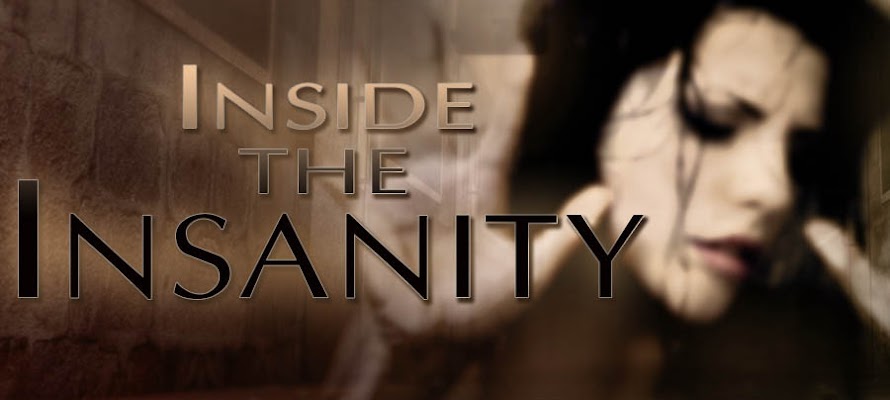
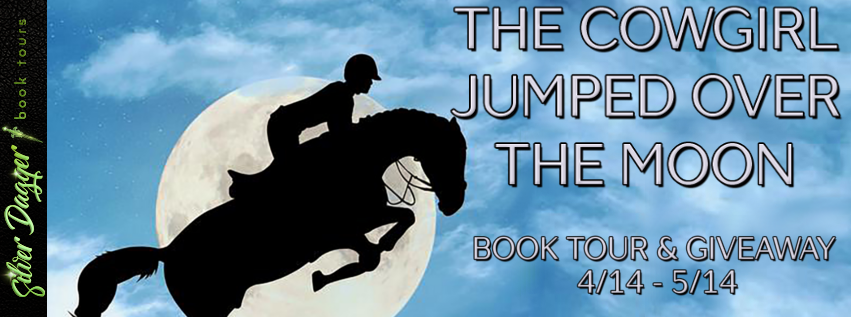
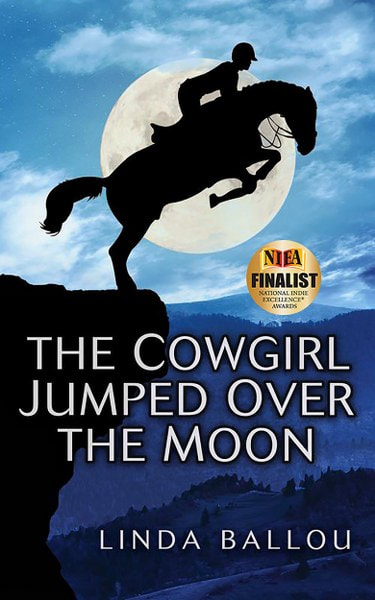
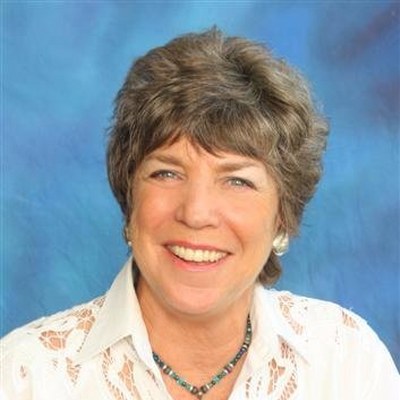

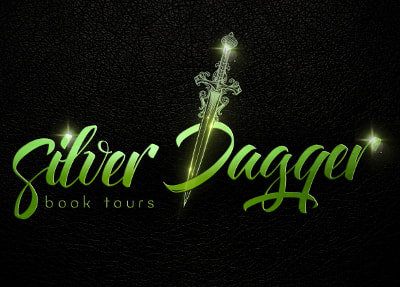
No comments:
Post a Comment